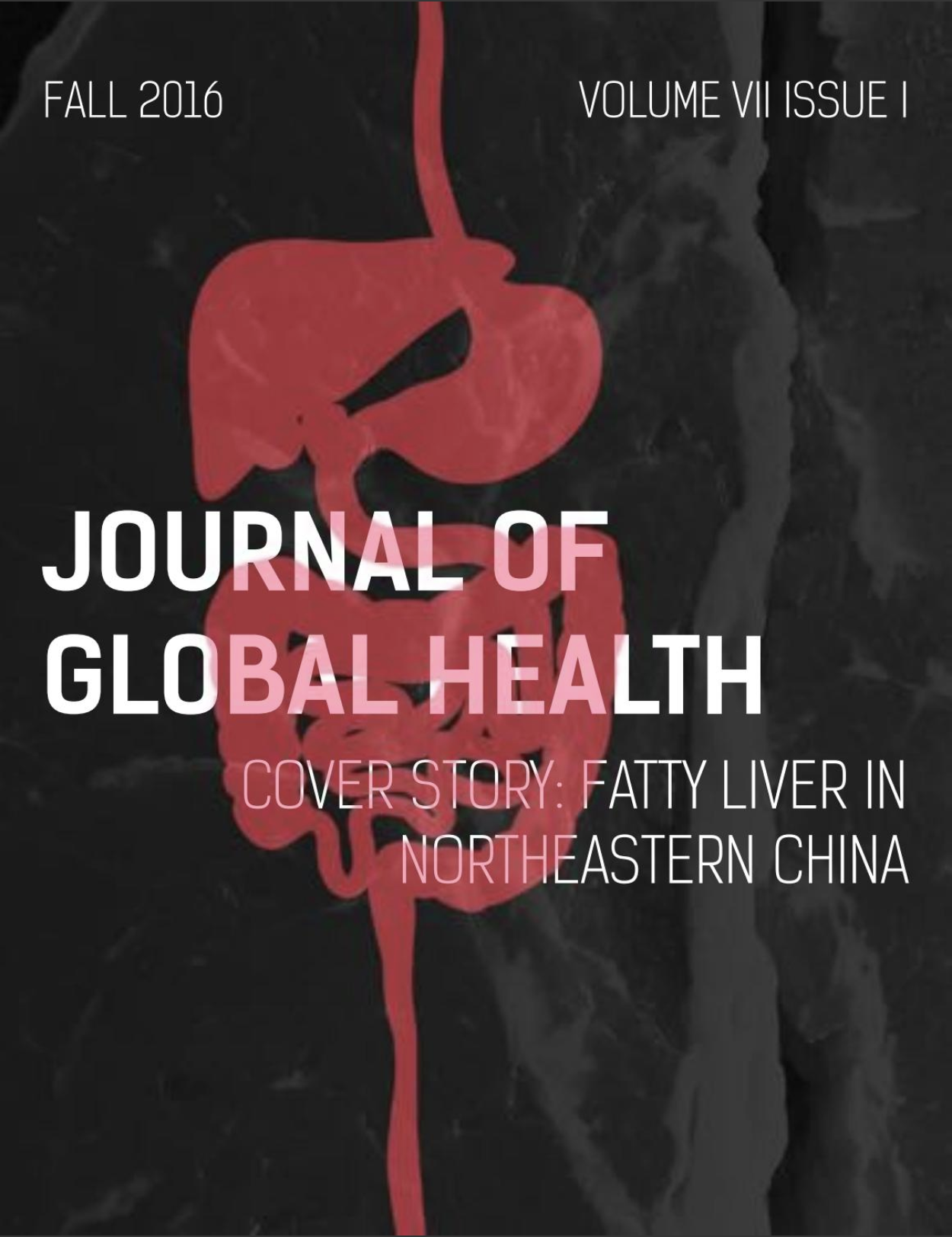Depression, Substance Abuse and Antiretroviral Non-adherence Among Adults with HIV in Care at the Clínica de Familia in La Romana, Dominican Republic
Main Article Content
Abstract
Background: People living with HIV/AIDS (PLWHA) are more likely to experience a psychiatric disorder in their lifetime when compared to the general population. is can greatly a ect adherence to the centerpiece of HIV treatment, antiretroviral therapy (ART), and the course that the illness can take. Depression and substance use are the two most common psychiatric disorders in PLWHA. is cross-sectional study examined rates of depression, substance use, adherence to ART and HIV biomarkers on a sample of HIV-positive patients serviced by a general medical clinic, Clinica de Familia La Romana (CFLR) in the Dominican Republic (DR).
Methods: A cross-sectional, questionnaire-based study was conducted in a clinic with a special program for PLWHA in La Romana, DR, over four weeks in Fall 2015. The questionnaire included demographic information and scales for assessing adherence, depression and substance use: the Morisky Medication Adherence Scale (MMAS- 4), Patient Health Questionnaire-2 and -9 (PHQ-2 and -9) and CAGE-AID, respectively. Open-ended, exploratory questions on the experience of living with HIV/AIDS were posed to every fourth or fifth participant. Additionally, two important biomarkers for measuring HIV progression and severity, CD4 cell counts and HIV-RNA viral loads (most recent value within the last six months), were extracted from the medical chart. Data analysis was carried out using the Statistical Package of Social Sciences (SPSS) software.
Results: 89 participants were involved in the study. The mean age was 40.0 years old (SD 10.9) with an almost equal distribution of women and men; two participants self-identified as transgender. 80 participants (89.9%) scored positively on the PHQ-2, which means they met at least one of the two major criteria for depression: loss of interest in activities and depressed mood. The mean PHQ-9 for those who scored positive on the PHQ-2 was 10.6 (SD 4.7; threshold of 10 for major depression). Those with good ART adherence had a mean PHQ-9 of 9.4 (SD 5.0) while the mean for those with poor ART adherence was 11.2 (SD: 4.4). 27 participants (30.3%) fit criterion for severe alcohol or drug use (> 2). Participants endorsing drug use in their lifetime used marijuana (n=8) and cocaine (n=5). Based on the MMAS-4, 41.3% of those on ART had good adherence (score=0), whereas 58.7% had poor adherence (score > 1). Dominican origin and the completion of at least primary school were associated with good adherence (p-value = 0.04 and p-value = 0.03, respectively). Being female was associated with increased PHQ-9 scores (p-value = 0.01) as well as undetectable viral loads (p-value = 0.03); being male was associated with increased alcohol or drug use (p-value < 0.01). In the exploratory questions, most individuals reported acquiring HIV from a spouse or known romantic partner and reported being diagnosed after personally falling ill or witnessing their partner do so. Major concerns were inability to nd work, loneliness and fear of discrimination.
Conclusions: Depressive symptoms and substance use were common factors that impacted ART adherence in a sample of PLWHA treated at Clinica de Familia La Romana in the Dominican Republic. Using validated measures to implement screening for depression and substance use could help identify those requiring diagnosis and appropriate care within the constraints of this low-resource clinic.

